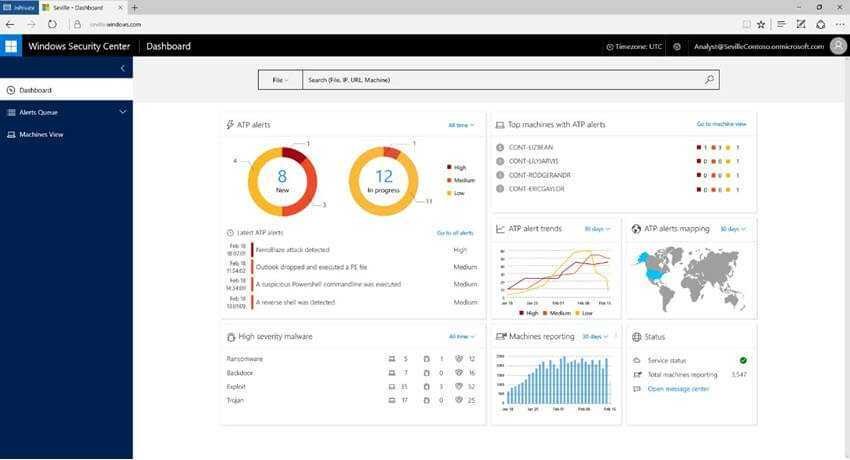Microsoft recently announced that the Windows Defender Advanced Threat Protection (ATP) feature of Windows Defender will also be available on operating systems Windows 7 and 8.1 starting this summer.
The company will thus offer Endpoint Detection & Response (EDR) to all the systems it still supports with updates.
Windows Defender ATP EDR will give administrators a rich picture των απειλών που καταλήγουν στα endpoints τους, παρέχοντας ακριβέστερες πληροφορίες που θα βοηθούν στην προστασία των συστημάτων κάθε businesss.
Microsoft also advises companies to combine EDR with Windows Defender, although it may "run side-by-side with third-party virus protection solutions."
“With Windows Defender ATP for Windows 10, Windows Server 2012R2 and 2016, it will also be available on Windows 7 and 8.1 providing teams security a single solution to detect and respond to advanced attacks,” said Rob Lefferts, Director of Windows & Devices, Security & Enterprise Partners.
Accelerating Microsoft's efforts to upgrade clients in Windows 7 is not surprising and is likely to accelerate in the coming months.
Windows 7 reaches the end of support with updates from the company in January of 2020, so consumers and organizations using the operating system have less than 2 years to complete the upgrade to either Windows 8.1 or Windows 10.
Statistics show, however, that Windows 7 still works at 40% of online systems around the world.
It remains to be seen whether Microsoft's attractive offer will be adopted by consumers and businesses.
- Antivirus from China goes through Bitdefender, ESET and more
- Window Defender: Disable Fall Creators Update





